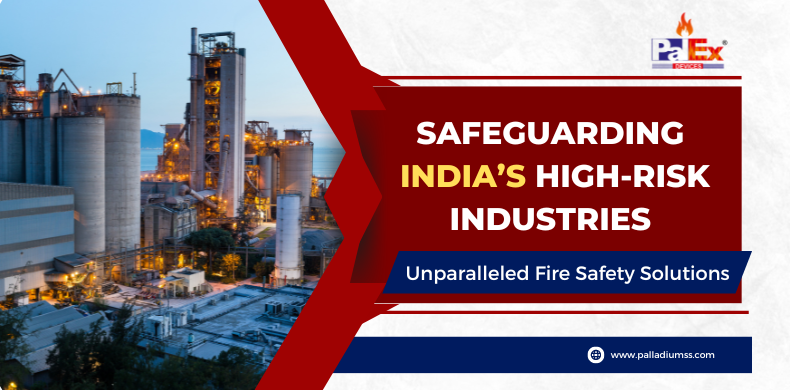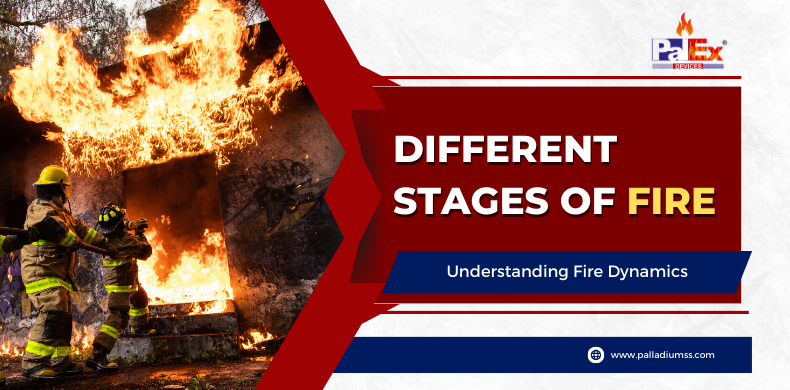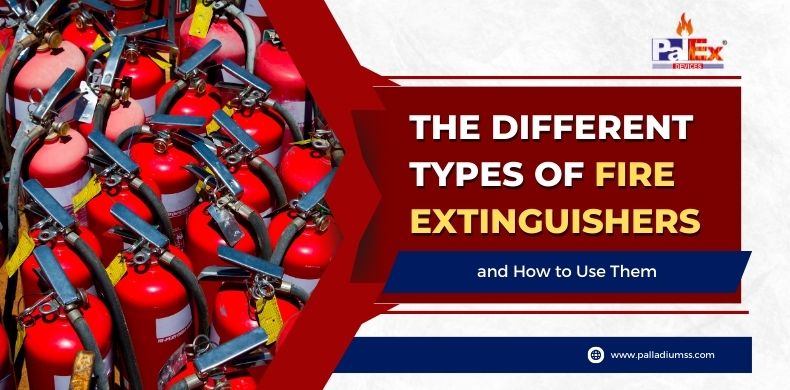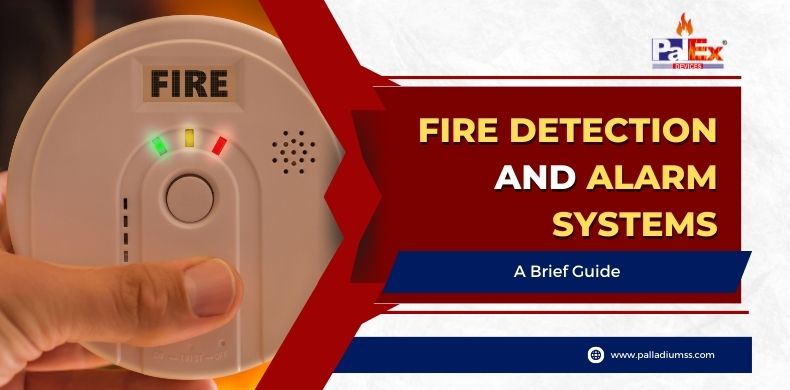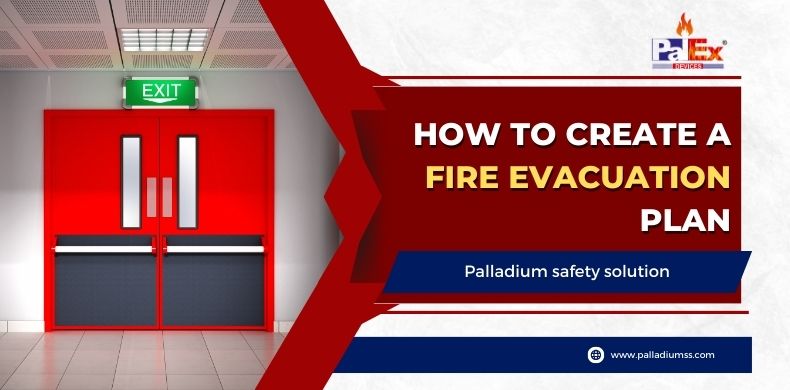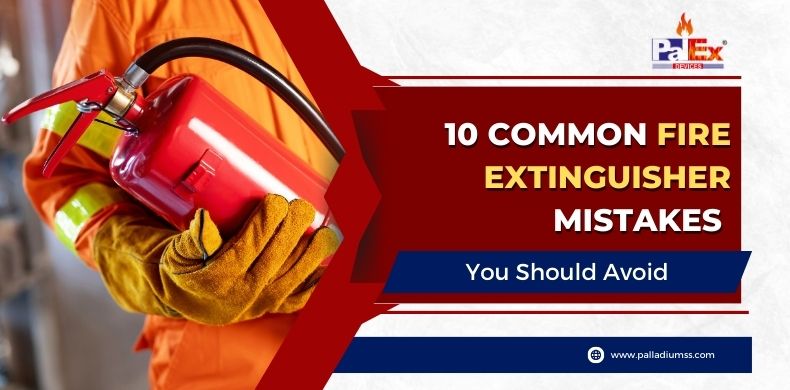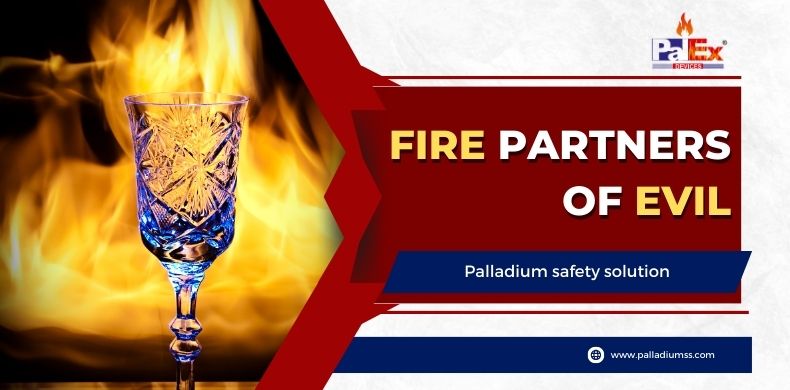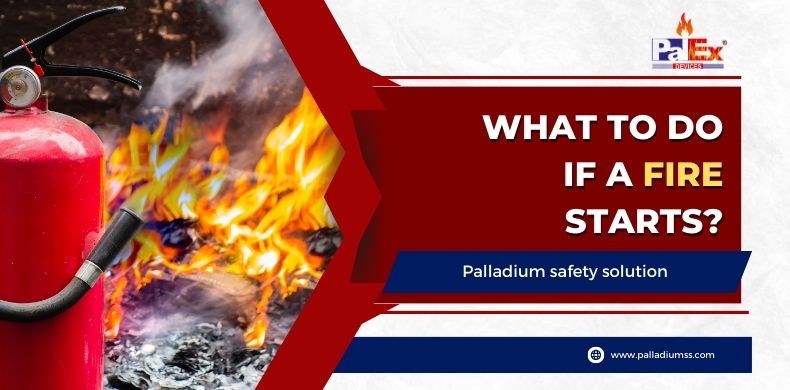Fire has long been one of the biggest threats facing various industrial sectors in India. With high-risk industries like oil & gas, mining, manufacturing, energy, and transportation becoming ubiquitous across the economic landscape, the need for unparalleled fire safety has become more pressing than ever.
Recent high-profile fire outbreaks in coal mines, on oil rigs, and in various factories are an ominous reminder of how a small ignition can quickly cascade into human tragedy and economic loss at scale. The Indian government estimates total losses from fire incidents across industries to be around $3 billion every year. And those are just the reported numbers – the actual figures could run far higher.
This is why the industries handling hazardous processes and materials need access to cutting-edge, highly reliable fire safety technologies and solutions. Adherence to the highest safety standards should be non-negotiable for any business leader overseeing operations involving substantial fire risks.
World-Class Fire Safety Equipment – Tailor-Made for Indian Facilities
Thankfully, significant leaps in innovation have led to game-changing advancements in fire safety systems and technologies over the last decade alone. Indian industry players handling inflammable materials no longer need to rely on antiquated, unreliable fire equipment.
Instead, they can leverage state-of-the-art solutions specially engineered to provide all-encompassing fire detection, protection, suppression, and containment capabilities. These include:
- Early Smoke Detection Systems – Spotting the first wisps of smoke is key to preventing small ignitions from turning into infernos. Modern VESDA-powered systems use laser-based smoke detection to identify particles at extremely early stages and trigger instant alarms. This hypersensitivity minimizes fire damage by initiating safety measures when the flame is still in nascent stages.
- Automated Suppression Equipment – Once a fire has started, every second counts in restricting its spread. Conventional sprinklers and Fire extinguishers that need manual activation are giving way to incredibly fast, automated suppression systems. These can detect fire and heat signatures and quickly blanket the area with FM-200, Novec, or other efficient suppression gases to choke the fire.
- Explosion Prevention & Containment Solutions – Explosions present the highest risk of casualties and capital loss in environments with flammable materials and gases. Advanced pre-engineered systems available today can detect abrupt pressure changes indicating an imminent blast and take proactive measures like safely venting excess gases. This containment restricts any blasts to small, localized pockets instead of engulfing the entire facility.
Beyond financial arguments, companies also have a fundamental moral responsibility to minimize the risk their activities might pose to surrounding communities. Adoption of fire safety equipment is the best way to safeguard employee lives as well as the health and well-being of people residing near production facilities and warehouses.
Why Settle For Less Than The Best?
Not all fire safety solutions are made equal. When deploying such critical protective measures, no organization can afford to choose suppliers based just on the lowest bidding cost. The reliability and efficacy of the equipment should be the prime consideration, instead of upfront price tags.
This is why industry leaders make it a point to partner with specialist solution providers boasting extensive real-world expertise in designing and implementing tailored fire systems for high-risk environments. Rather than taking a templatized approach, the ideal vendor makes it their mission to carry out in-depth risk audits of the client’s unique site specifications and processes.
The outcome is a layered shield integrated seamlessly across the infrastructure to offer comprehensive fire protection coverage. Ongoing support services are also critical for the upkeep and effective utilization of the equipment over its lifecycle.
Blazequip – Your One-Stop Fire Safety Solution Partner
This is the value proposition extended by Blazequip, India’s foremost fire and safety solutions provider catering to high-risk industries for over 15 years. The company brings together certified risk management experts, qualified system designers & installers, and service engineers to handle end-to-end needs – right from audit, design, compliant procurement, seamless integration & maintenance of fire protection systems.
Blazequip’s rich expertise extends across various verticals like oil and gas, chemicals and petrochemicals, mining, energy, manufacturing, data centers, and more. The company maintains long-standing partnerships with marquee global manufacturers of fire safety equipment. This provides clients access to pioneering technologies meeting international codes and best practices regarding quality and reliability benchmarks.
Yet, the company’s biggest differentiator lies in its sharp customer-centric approach. Their vendor-agnostic, transparent counsel helps clients identify protection solutions optimally suited for their unique risks rather than forcing ill-fitting products with higher profit margins. Combined with their exceptional service ethic and rapid response times, it is little wonder market leaders overwhelmingly prefer Blazequip as their trusted fire safety advisors.
Don’t Play Games with Fire Safety
With fire continuing to pose catastrophic risks for facilities and stakeholders across industrial sectors, fire safety needs to be placed right alongside productivity and profitability in order of business priorities. Company leadership has to drive a culture where safety becomes an intrinsic organizational value rather than just a compliance obligation.
Don’t wait for disaster to strike before springing into action. Be proactive and responsibly safeguard all your key stakeholders today!

